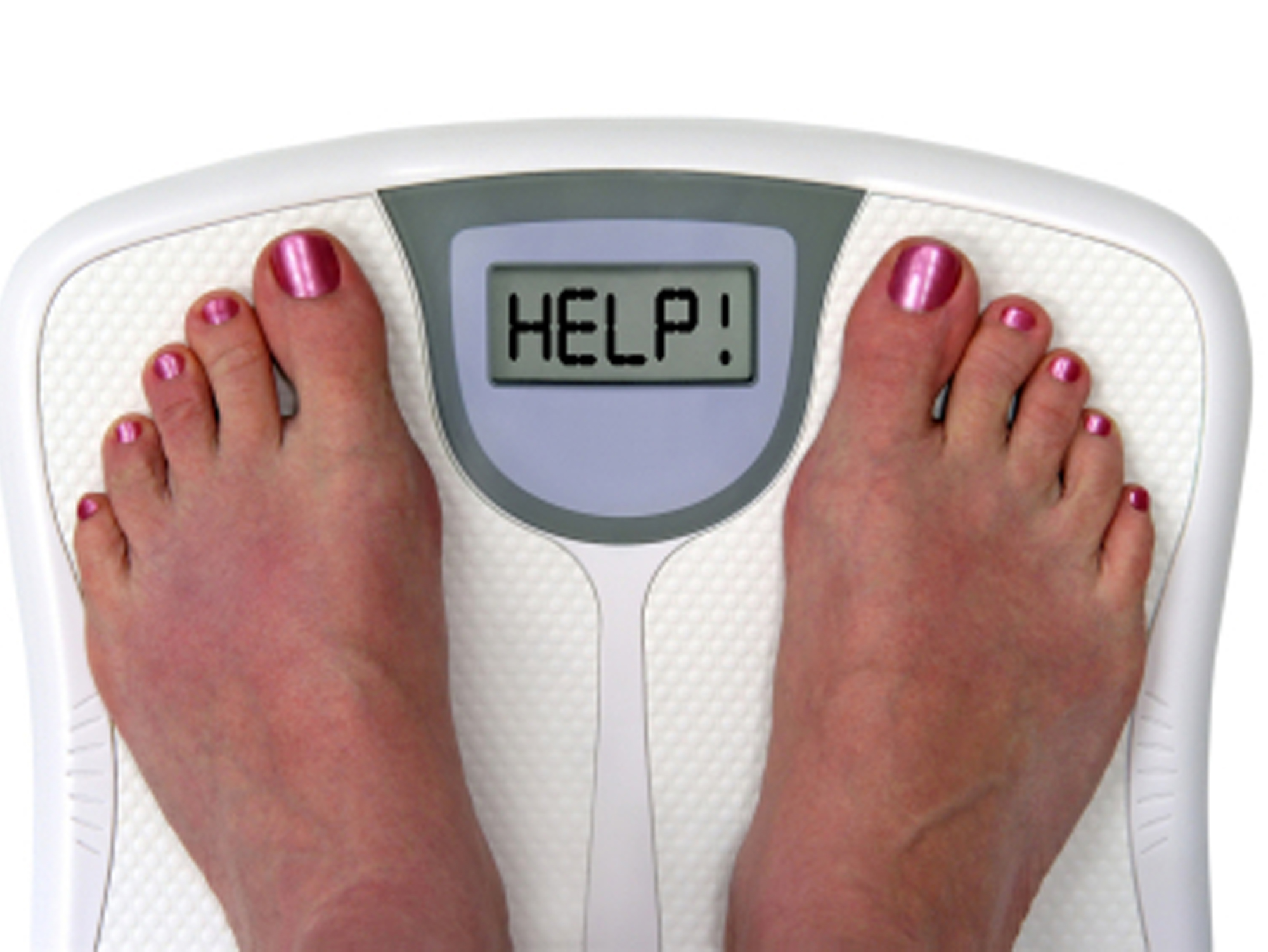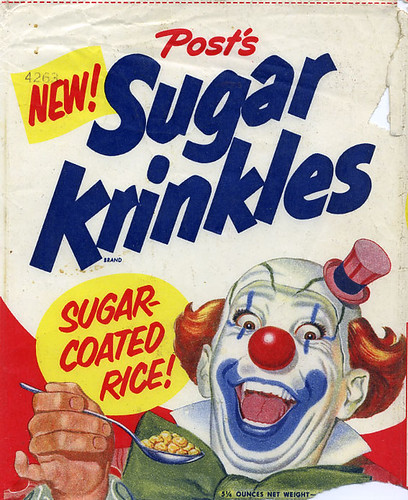Have you ever picked up a bag of greasy, potato chips and
tried to make sense of the nutritional label? Well besides the fact that most
information on that label will subtly read DO NOT EAT ME, it helps to know specifically
what to look for in order to make better dietary decisions.
Let’s break down some of the important elements that make up
a label by looking at an example:
1. First, start at the top. The most
important part of the nutritional label is the serving size. This piece of
information will help you make sense of the rest of the label since all of the
nutrients listed on the label relate to one serving of that food item. A bag of
potato chips may say it only has 100 calories per serving, but the serving size
could be 5 chips.
2. Next, check out the calories. This will give you an idea for how many
calories are in one serving size and how many calories are from fat. Calories provide a measure of how much energy
is in a serving of food. Calories from fat are just that…calories only from fat. Fat is the most energy
dense nutrient providing nine calories for each gram of fat consumed. Some
labels don’t list the calories from fat but it’s simple to calculate on your
own. In the example above, there are twelve grams of fat. Take that number,
multiply it by nine and you get (approximately) 110 calories from fat. You can
also calculate the calories you get from protein and carbohydrates. Both
contain four calories per gram.
3. The nutrients shown in this section are those that should be consumed
in limited amounts. Make sure your food contains fewer saturated and trans fats
and relatively more polyunsaturated and monounsaturated fats. Also avoid foods
that are high in cholesterol, sodium and sugar.
4. Some of the more important nutrients in the food are listed in the
section shown in green. The amount of
fiber, vitamins and minerals you consume should be based on your own personal
daily caloric recommendation. These
should be consumed in enough amounts to improve and maintain health and reduce
the risk for diseases. Notice that dietary fibers are one portion of total
carbohydrates. The total carbohydrate category includes everything from complex
carbohydrates (providing great nutritional value), such as whole grains, to
simple carbohydrates (providing little nutritional value) like glucose.
5. The footnote section of the label serves as a guide showing the percent
daily nutritional values are based on a 2,000 calorie diet.
6. The actual Percent Daily Value calculations shows how much of a
specific nutrient one serving of the product has as a percentage of how much
you should eat during your entire day. Again, this label is based on a
2,000-calorie-a-day diet and should be adjusted accordingly based on your
caloric needs.
Collectively reading a food label takes time and practice. Hopefully
this example serves as a starting point to get you in the habit of checking out
the label before you eat what’s inside.



